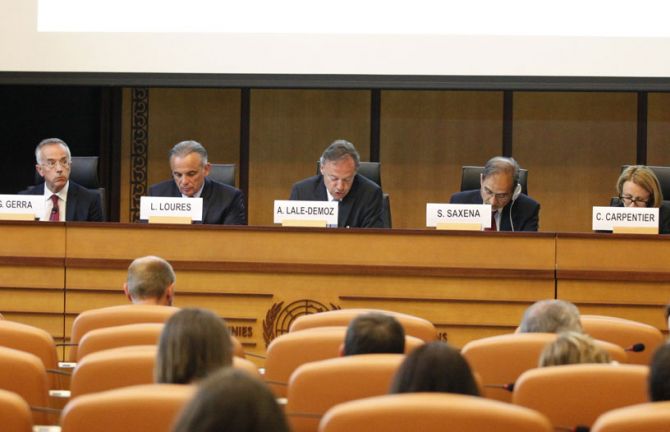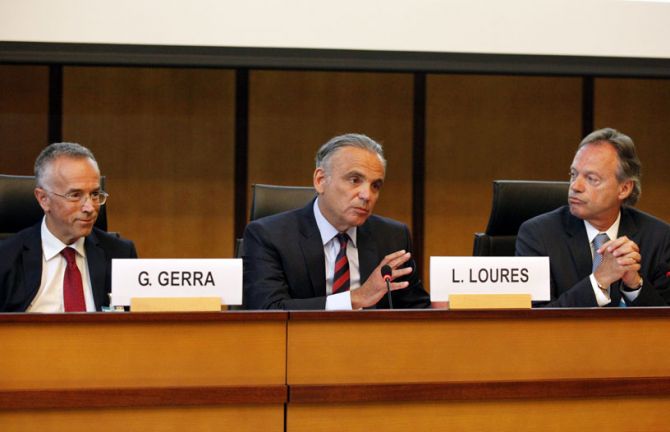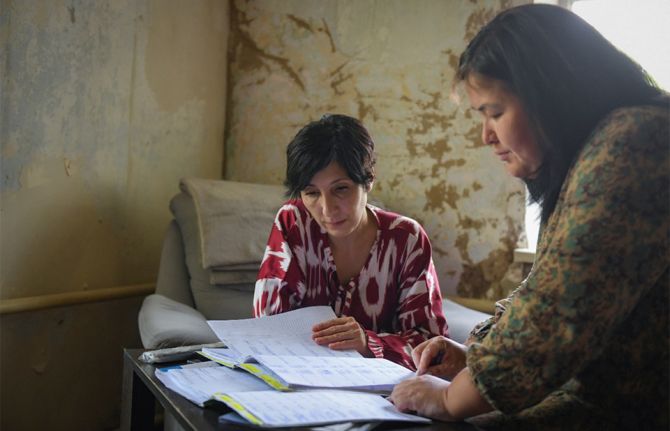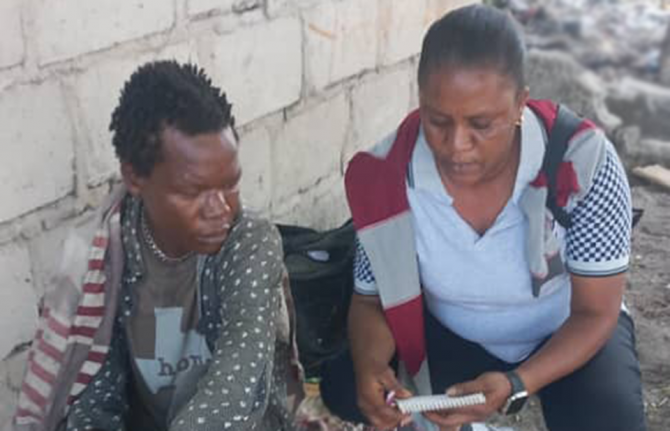


Feature Story
2015 UNODC World Drug Report: drug use must be addressed as a pressing public health issue
26 June 2015
26 June 2015 26 June 2015The use of illicit drugs needs to be understood as a social and health condition requiring sustained prevention, treatment and care. This is one of the major conclusions emerging from the 2015 World Drug Report, published on 26 June by the United Nations Office on Drugs and Crime (UNODC).
Launched to coincide with the International Day against Drug Abuse and Illicit Trafficking, the report gives a detailed snapshot of the latest developments in drug use, production, trafficking and consequences for health. It finds that some 27 million people are dependent on drugs, half of whom inject; that an estimated 1.65 million people who inject were living with HIV in 2013 (around 13.5%) and that women who inject drugs, though fewer in number, are often much more likely to become infected than men.
In a specific chapter on HIV, it is also noted that there is a major issue in access to antiretroviral therapy and harm reduction programmes among people who inject drugs and that only one in six of all users suffering from drug use disorders or drug dependence benefit from such programmes, which include needle and syringe programmes and opioid substitution therapy. The report acknowledges that some progress has been made in lowering HIV transmission among people who inject drugs: newly diagnosed cases of HIV in this group fell by roughly 10% between 2010 and 2013. However, the international community is far off the global target of reducing transmission by 50% by 2015, set in the 2011 United Nations Political Declaration on HIV and AIDS.
The public health implications of illicit drug use highlighted in the report were explored at length during a special briefing in Geneva hosted by UNODC, UNAIDS and World Health Organization (WHO). During the event, UNODC Deputy Executive Director Aldo Lale-Demoz stressed the need for a multipronged approach which goes beyond disrupting criminal networks. “More also needs to be done in promoting the importance of understanding and addressing drug use as a social and health condition requiring sustained prevention, treatment and care,” he said.
Luiz Loures, UNAIDS Deputy Executive Director, stressed that a people-centred approach was required to reach people who use drugs. "We have the knowlege and technology to end the AIDS epidemic but access has been selective. The difference is determined by good or bad policy. Human rights should be guaranteed and health be at the centre of the response."
According to Shekhar Saxena, Director of WHO’s Department of Mental Health and Substance Abuse, national health care systems often lack the capacity to provide effective treatment and care to drug users. He added that WHO would continue to offer guidance and assistance to countries, “to strengthen health-care systems to reach the ultimate goal of the UN Drug Conventions – to protect the health and welfare of humankind.”
People who inject drugs account for some 30% of new HIV infections outside sub-Saharan Africa and two subregions have notably high rates of HIV infection among people who inject drugs: an estimated 29% in south-west Asia and around 23% in eastern and south-eastern Europe—a region with approximately 40% of the global number of such users living with HIV, mainly residing in the Russian Federation and Ukraine.



